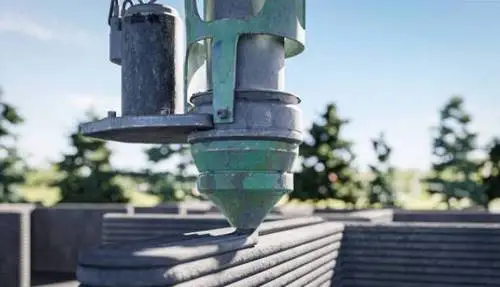
Unprecedented Design Freedom: 3D printing has revolutionized architectural design by breaking the constraints of traditional construction methods. Architects can now unleash their creativity, experimenting with intricate and complex geometries that were previously impossible to achieve.
Rapid Prototyping: The technology facilitates rapid prototyping, enabling architects to quickly iterate and refine their designs. This not only accelerates the design process but also minimizes costly errors during construction.
The Transformative Integration of 3D Printing Technology in Modern Building Creation.
Read More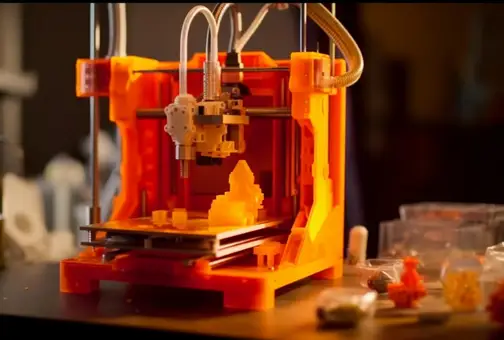
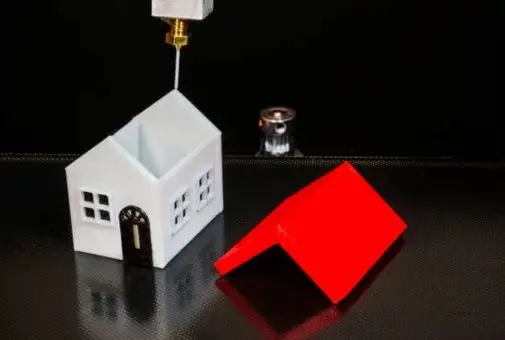
Complex Shapes Made Feasible: 3D printing eliminates the limitations of traditional construction techniques, making it possible to create structures with intricate shapes and complex geometries. This has led to the emergence of iconic architectural landmarks that defy conventional norms.
Lightweight and Efficient Structures: In the medical industry, 3D printing's capabilities have propelled the creation of 3D-printed tissue models for drug testing. These models closely mimic human physiology, allowing researchers to accelerate drug development while reducing the reliance on traditional animal testing methods. Architects can optimize structures for both aesthetics and performance. 3D printing allows for the creation of lightweight and structurally efficient designs, enhancing sustainability and reducing material waste.
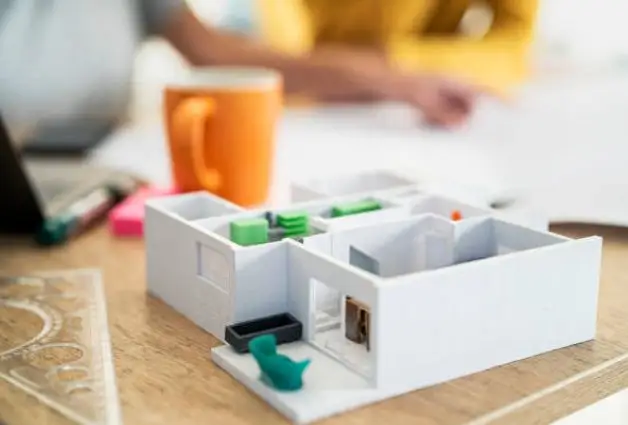
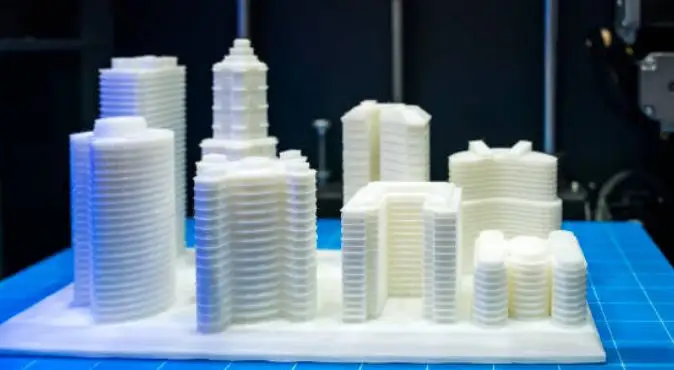
Eco-friendly Materials: The architecture industry is increasingly focused on sustainability, and 3D printing plays a significant role. It allows the use of eco-friendly materials, reducing the environmental impact of construction projects.
Waste Reduction: 3D printing generates minimal waste compared to traditional construction methods, further contributing to sustainable practices. Precise material usage reduces costs and environmental footprint.
In conclusion, 3D printing in the medical industry is reshaping patient care, surgical practices, pharmaceutical research, and healthcare professionals' capabilities. Its ability to customize solutions and enhance precision underscores its importance in advancing healthcare and improving the quality of life for patients. As this technology continues to evolve, its potential contributions to the medical field remain promising and boundless.

Cost Savings: The architecture industry is increasingly focused on sustainability, and 3D printing plays a significant role. It allows the use of eco-friendly materials, reducing the environmental impact of construction projects.
Tailored Solutions: 3D printing enables a high degree of customization. Architects can tailor designs to meet specific client needs, resulting in unique and personalized structures that align with the client's vision.
Effective Communication: Detailed 3D printed architectural models facilitate effective communication between architects, clients, and construction teams. They provide a tangible representation of design concepts, aiding in decision-making and project approval.
Marketing and Presentation: These models also serve as powerful marketing tools, helping architects present their ideas convincingly in presentations and proposals.
Preserving Heritage: 3D printing technology is invaluable for historical restoration projects. It allows architects to replicate intricate historical details and artifacts with precision, contributing to the preservation of cultural heritage.
Remote Construction: In remote or disaster-stricken areas, on-site 3D printing can quickly provide shelter and infrastructure. This capability has the potential to revolutionize disaster relief efforts and address housing challenges in underserved regions.
Enhanced Collaboration: 3D printing fosters seamless collaboration between architects, engineers, and builders. Digital files can be easily shared and modified, resulting in more cohesive and efficient projects that integrate a diverse range of expertise.
In conclusion, 3D printing has become an indispensable tool in the architecture industry, offering architects the ability to create groundbreaking designs, streamline processes, reduce costs, and contribute to sustainability efforts. Its versatility and adaptability continue to shape the future of architectural innovation. Printperfecto3D stands at the forefront of this transformative technology, driving the industry towards a new era of architectural excellence.